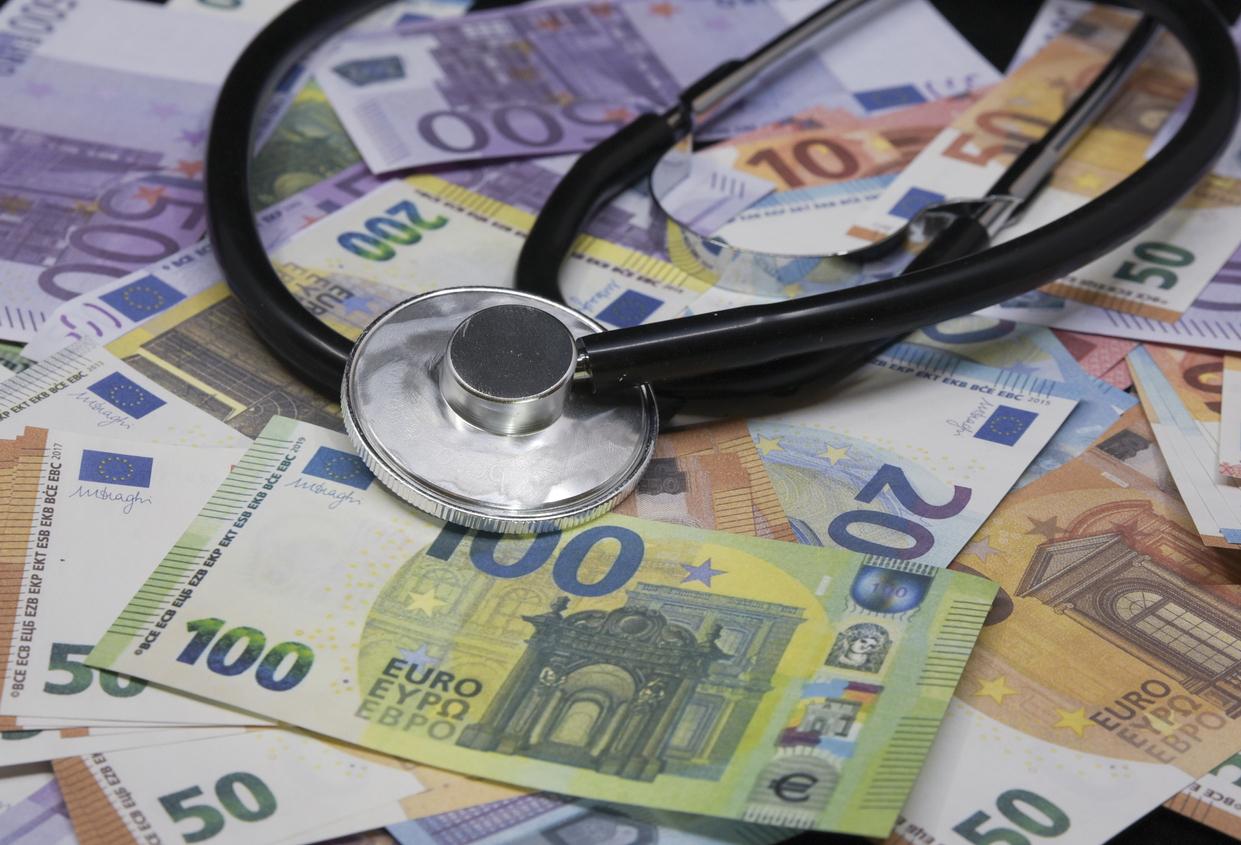Unlike the Minister of Health, Agnès Buzyn, who declared on France Info that France was spending too much for her health, Professor André Grimaldi thinks above all that she spends badly.

Does France spend too much on health, this is the opinion of Agnès Buzyn, the Minister of Health who was the guest of France Info this Friday, January 9. It justified the budget cuts planned by the government in various items, and in particular for health, on the fact that France would spend 12% of its GDP against 9% on average for the OECD.
A biased presentation of the figures
On the one hand, France spends just under 11% of its GDP which is very broadly comparable to Germany, Sweden, Japan, Canada, but much less than the United States and much more than the United States. ‘India, Turkey or Indonesia. We must therefore compare what is comparable, especially the comparison in expenditure per capita is much more favorable and the results in terms of life expectancy and quality of care are often much better.
A humanist and rigorous doctor
Professor André Grimaldi, diabetologist, former head of department at the Pitié-Salpêtrière in Paris and defender of approximations of ministerial cabinets, considers that it is necessary to make some corrections to this vision which seems to him to be too caricatural.
Contemptor of Activity Pricing (T2A), one of the causes of the organized deficit in the hospital, he wants to make the voice of all caregivers heard in the health debate, and not just for the hospital. Below is the text of his communication:
Prof. André Grimaldi’s analysis
The interview with the Minister of Health on France Info, suggesting that France is spending too much on health, raises fears of an austerity policy seeking to bring France back to the level of Spain or Italy.
The reality is that we are not spending too much but we are spending badly!
The 2017 data from the OECD places us 5th out of 35 countries as a percentage of GDP with 10.9%, behind the USA (17.2%), Switzerland, Germany and Sweden, slightly ahead of Japan 10.6% the Netherlands 10.5 %, Belgium, Denmark and Austria, all three at 10.4%
But in dollars spent per capita we are 14th out of 35 with USD 4,600 per capita for an OECD average of USD 4,003. Germany spends 5551 USD per capita and little Luxembourg 7483 while its expenditure as a percentage of GDP is very low at only 6.3%!
We know well in medicine the opportunistic use of the presentation of the results in relative risk or in absolute risk. It is obviously necessary to express the data in two ways: in percentage and in absolute value).
We spend badly because of:
1. Dual management Social security and complementary insurance, which are duplicated (7 billion x 2 = 14 billion)
2. Payment and financing methods that are by nature inflationary (fee-for-service and activity-based pricing or T2A) pushing the proliferation of procedures and the prescription of irrelevant biology or imaging examinations
3. The delay in building a real first-aid medical service, which maintains hospital-centrism (with more than 18 million people visiting the Emergency Department each year)
4. Annuities (high price of generics in France which is double the English price, exorbitant and unjustified cost of new drugs, particularly in oncology, poorly or ineffective drugs reimbursed at 15% or 35%, thermal cures, homeopathy, etc.
5. Unregulated prices for optics, dentistry and hearing aids
6. Inflation of medical transport (reaching 4.8 billion euros or + 4.4%)
France, however, has a strong point
France’s strong point is the high rate of reimbursement by Social Security at 77%, but with a dropout of less than 50% for routine care (weakening the principle of solidarity according to which supporting assets pay for patients especially those with chronic diseases), an average out-of-pocket expense of 8.3%, but with very significant disparities and an increase in social inequalities in health
The problem is therefore not to spend less but to spend fairly!
.









